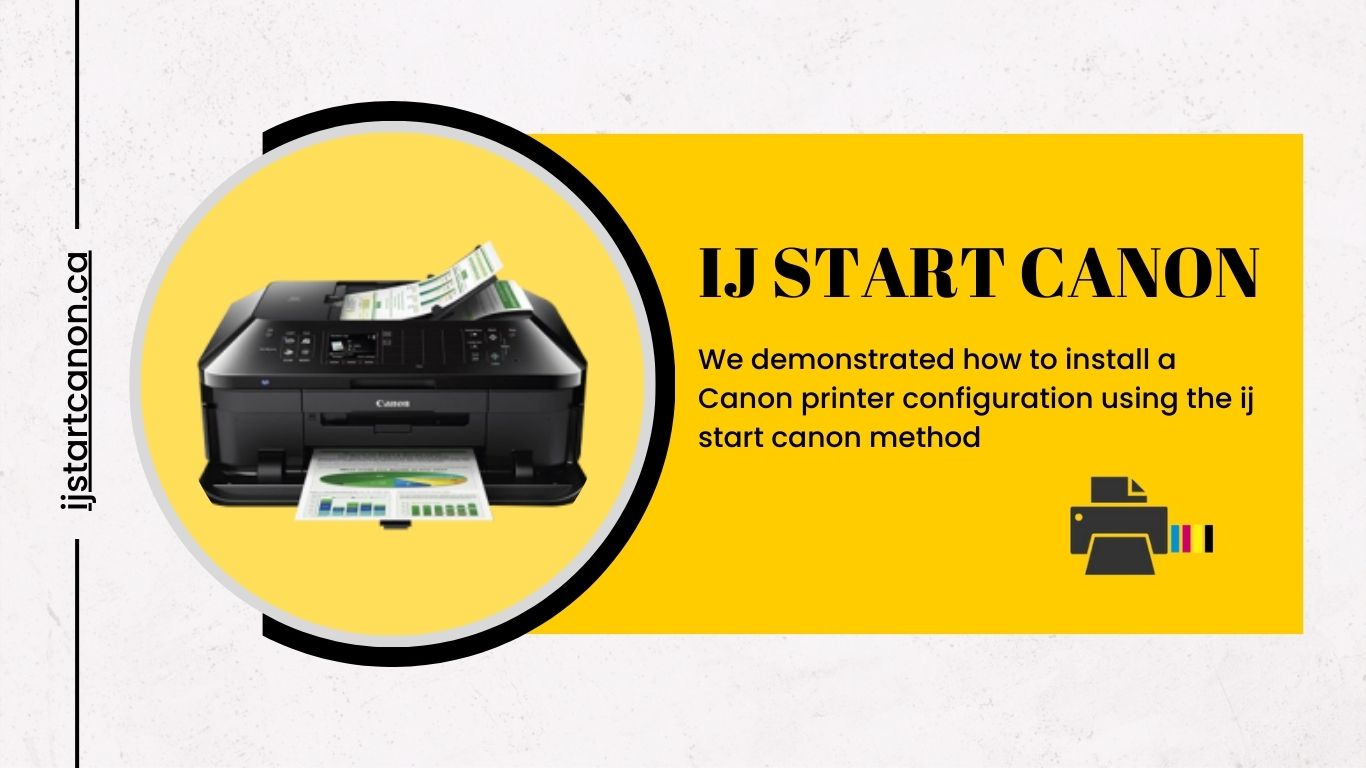An illustration about how and why to create a simple website to acquire stabile assets!
Very close to 2024, Real Estate is now facing brighter side of the tunnel and is all set to bloom in upcoming times. Recent pandemic unearthed mixed emotions and added unpredictability and vulnerability to this sector. The sales had to pick up as people wanted to realize their dreams at the earliest. Some of the largest real estate developers in India like the Hiranandini Group foresee 2023 and 2024 as a sustainable year for the growth of the real estate industry. Banks, and housing finance companies have increased their lending to retail home loans by about 12% to 15% on an average, indicating that people are interested in buying. The growth in the affordable segment has been slower as compared to the growth in the mid and the higher end segment.
Other noteworthy realtors in Dubai like Emaar properties, Nakheel properties, Dubai properties, Damac Properties – also predict that the housing finance companies are interested in lending more to retail home loans because the NPA’s in retail home loans have fallen to less than 15% of lending that occurs in the finance sector. So, overall, it looks like a positive boom for upcoming 12 months.
There are some other factors to consider besides the interest rates in real estate market:
Real Estate constitutes a significant chunk of people’s wealth. Changing home price, availability and investment potential, the changing demographics, age of buyers, income of buyers and regional preferences of the buyers will also impact the popularity of real estate.
American real estate investors can look into mitigating economic cycle risk by buying REITs or other diversified holdings that are independent of economic cycles or which can withstand downturns. Besides, there are certain factors that hinder or boost demand to acquire real estate include government policies and legislation, tax incentives, deductions and subsidies.
Real Estate Housing market is gradually stepping up to exciting transformations, ready to cater to the evolving needs and brimming expectations of the home buyers. This is a common scenario globally. Whether you are a first time buyer or an investor who is looking to expand their property portfolio, it is quintessential to stay informed about the latest real estate trends and give some thought before making the biggest purchase of your lifetime.
Types of Real Estate Websites
There can be different kinds of real estate websites. And they offer varied results from a human real estate agents. While approximately 51% of the home buyers buy a home after researching on a website; only 28% purchase from real estate agents. While a layman cannot readily adjudge the difference in between various types of real estate websites, they still exist. A closer look will let you know the real estate marketplaces, real estate aggregators, property listing websites, property management websites, real estate promotional websites, and real estate investment websites.
How to build a real estate website?
To build a real estate website, (1) start by securing a domain name and web hosting, (2) then choose a website builder or content management system (CMS) like WordPress, Wix, or Squarespace. (3) Customize your website’s design and layout to reflect the branding and style you desire, and (4) ensure it is mobile-responsive for optimal user experience. (5) Integrate essential features such as property listings, search filters, high-quality images, and detailed property descriptions. (6) Implement tools for lead generation, like contact forms and email subscription options, and (7) consider incorporating a mortgage calculator or a blog with informative real estate content. (8) Finally, optimize your website for search engines (SEO) to improve visibility and engage in ongoing maintenance and updates to keep it current and appealing to potential clients.
What features should a real estate website have?
List of features to be included in a real estate website:
1. Simple Navigation: A user-friendly menu and navigation structure that makes it easy for visitors to find what they’re looking for.
2. Advanced Search Options: Various filters for property searches, including property type, number of bedrooms and bathrooms, outdoor amenities, budget range, area or neighborhood, house/lot size, swimming pool, BBQ area, and more.
3. Map Location: Integration of maps (e.g., Google Maps) to show property locations and allow users to explore the surrounding area.
4. Responsive Design: Ensuring the website works well on various devices and screen sizes, including desktop, tablet, and mobile.
5. Community and Neighborhood Guides: Information and resources about the communities and neighborhoods where properties are located, including schools, parks, shopping, and more.
6. Photographs and Videos: High-quality images and possibly video tours of listed properties to give users a visual sense of the properties.
7. Contact Forms: Easy-to-use contact forms for users to inquire about properties or request more information.
8. Mobile Compatibility: Ensuring that the website is fully functional and user-friendly on mobile devices.
9. Internet Data Exchange (IDX) Integration: Integration with IDX services that provide access to real-time property listings from the Multiple Listing Service (MLS).
10. Local Search Engine Optimization (SEO): Optimizing the website for search engines to ensure it ranks well in local search results.
11. Client Testimonials: Showcasing reviews and testimonials from satisfied clients to build trust with potential customers.
12. Safety: Ensuring that the website and user data are secure, especially when handling sensitive information.
13. Property Pictures and Descriptions: Detailed descriptions and high-quality images for each listed property.
14. Detailed Listings: Comprehensive information about each property, including price, size, features, and more.
15. Advanced Search Features: Offering advanced search capabilities such as saved searches, email alerts for new listings, and property comparison tools.
16. Sorting: Allowing users to sort search results by various criteria like price, date listed, or property type.
17. Content Focused on Customers: Providing informative content that addresses the needs and questions of potential buyers and sellers.
18. Contact Information: Clearly displaying contact information for the real estate agency or agent.
19. Faster Loading: Optimizing the website’s performance to ensure fast loading times.
20. Consistent Design & Organization: Maintaining a consistent look and feel throughout the website for a professional appearance.
21. Calls-to-Action: Prominent buttons or links that encourage users to take specific actions, such as requesting a showing or signing up for updates.
22. Responsiveness: Promptly responding to inquiries and requests from website visitors.
23. Management: Backend tools for managing property listings, inquiries, and user accounts.
24. Automation: Implementing automation for tasks like sending property alerts and managing appointments.
25. Social Media Integration: Links to and integration with social media profiles to increase visibility and engagement.
26. SEO: Ongoing search engine optimization efforts to improve search rankings and visibility.
27. Brand: Consistent branding elements that reflect the agency’s identity and values.
28. Layout: A well-structured layout that enhances the user experience and highlights key information.
29. Photos: High-quality property photos that showcase the features of each listing.
30. Content: Informative and engaging content that educates visitors about the real estate market and the buying/selling process.
31. Neighborhoods: In-depth information about the neighborhoods, including demographics, local amenities, and real estate market trends.
32. Connection: Facilitating communication and interaction between buyers, sellers, and agents.
Which technologies should you use for creating a real estate website?
Any big or small web development company in India is aligned in accordance to this stack:
- Application Framework – Ruby on Rails
- Automation Framework – RSpec, Capybara
- Data Management – Real, CoreData
- Cloud Data Storage – Amazon S3
- Programming Language (iOS) – Swift, Objective C
- Programming Language (Android) – Java, Kotlin
- Hosting – Amazon Web Services
- SQL Data Storage – PostgreSQL
- JavaScript Framework – React.js
- Web Server – Nginx
- Web Application Server – Puma
What’s more?
Real Estate is fuming with possibilities. If you let your clients know why they should choose you over the competition, you need to highlight your unique services. Offer free home staging, show your relevance on social media, promote your persona, make it clutter free, add the right balance of dynamic elements, photos and text, have an harmonious web design, insert high quality photography, multiple calls to action, fresh and evergreen information, responsive design, background databases (CRS and CRM), and watch your website flourish. Get in touch with the top real estate website design companies if you wish to create a real estate website that works wonders for you!







